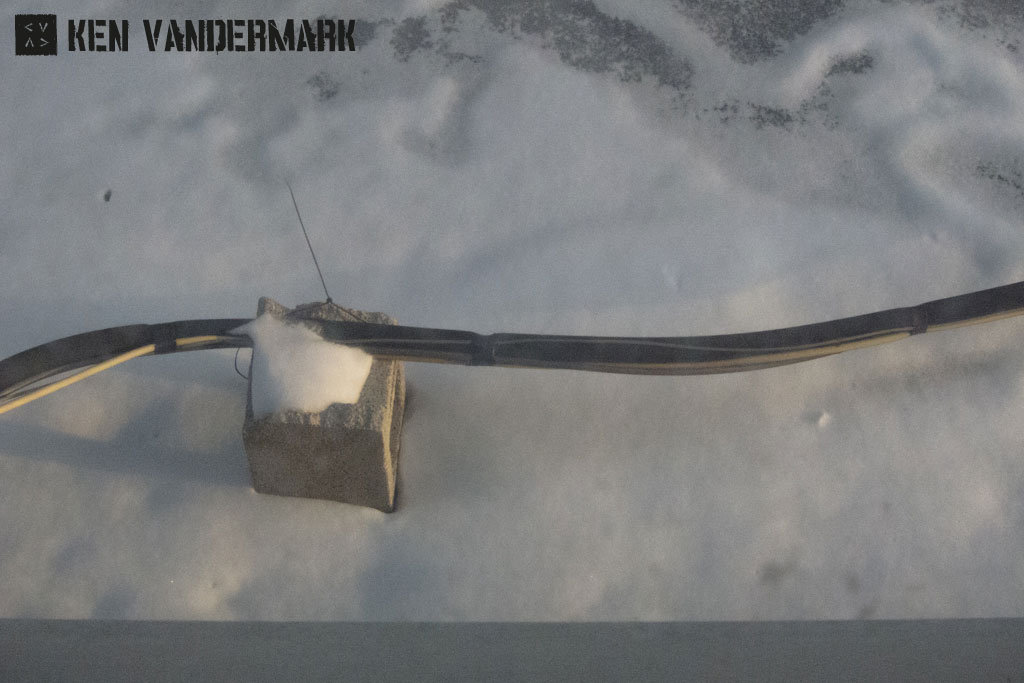

It’s like the difference I hear between John Tilbury and a lot of Reductionist music- with Serra and Tibury it’s clear that a lot more is going on, but how do you describe this? Is it placement of details, is it “surface” texture, possibly their unique combination of the two, which creates the tension that pulls me in and holds my attention? Is the “raw” character, the rough edges, in most music and visual art that I like, captured in the subtle aspects of restrained content found in Serra and Judd, in Tilbury and in the music of Axel Doerner that is severely condensed? It would seem so, and I walked out of the museum wanting to discover how they create so much tension through such specific means. On the 13th I visited the Essl Museum to see the Anselm Kiefer exhibition, something from the other end of the art spectrum, broad and visually spectacular, on the surface the kind of work I like. Perhaps after looking at the pieces from the previous day the broad strokes of Kiefer’s imagery seemed overly drastic at times (particularly a huge painting from 2011, “tonend wie des Kalbs Haut die Erde,” that was striking enough without the huge lead stethoscope draped across the front of the image- hello, what?), though there was beautiful work as well. And from this experience came questions about “symbol systems” that painters like Kiefer, Twombly, Basquiat, and Beckmann use- personal interpretations of mythologies, past and contemporary to them, that resonate in the mind whether the audience knows why or not. And with music? At it’s worst, in my opinion, this tendency is found in post-modernist ideas; at it’s best… perhaps in the music of someone like Thelonious Monk, inventions that connect with the memory of the past (his use of stride piano, for example) and project them into a possible future yet to be understood. Brandlymayr, Kurzmann, Vandermark from our gig in Wels:
1 2
© 2024 Ken Vandermark – musician & composer | Disclaimer